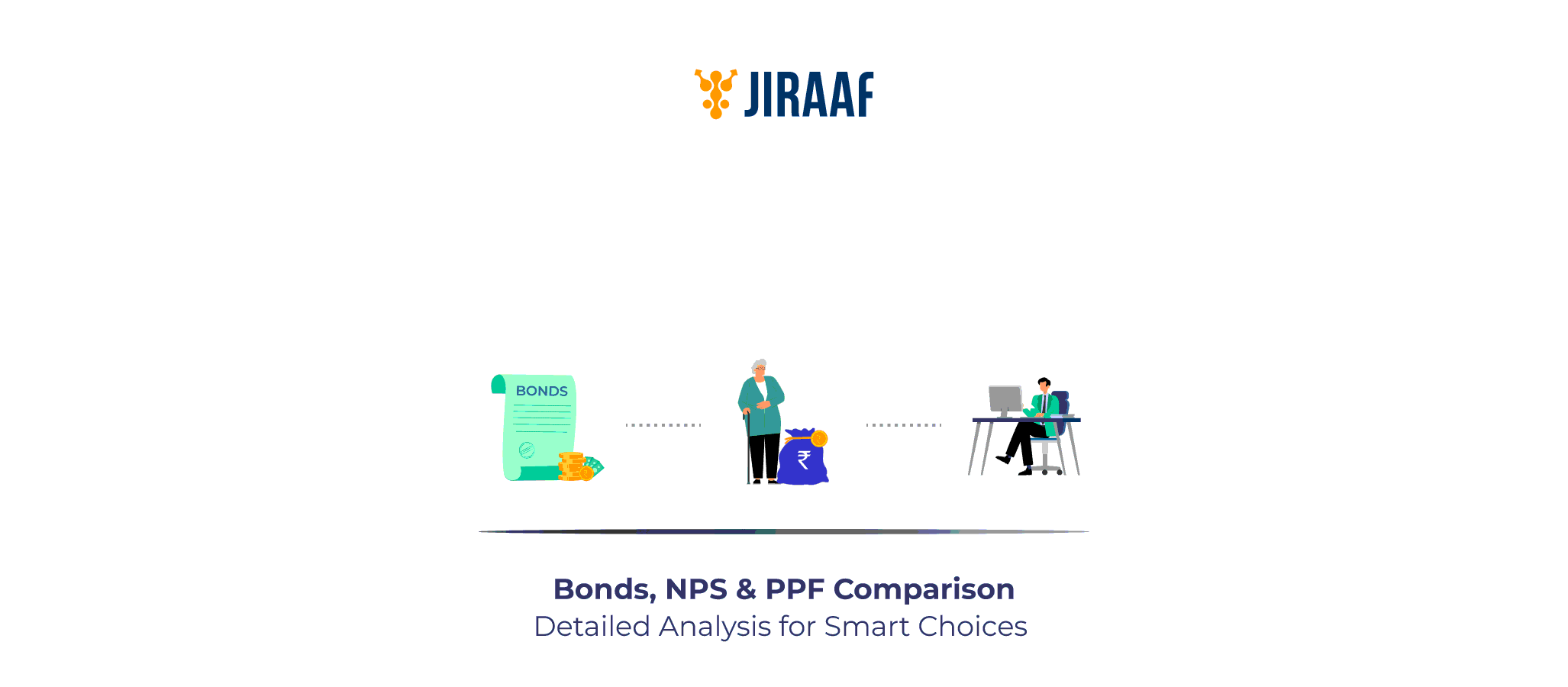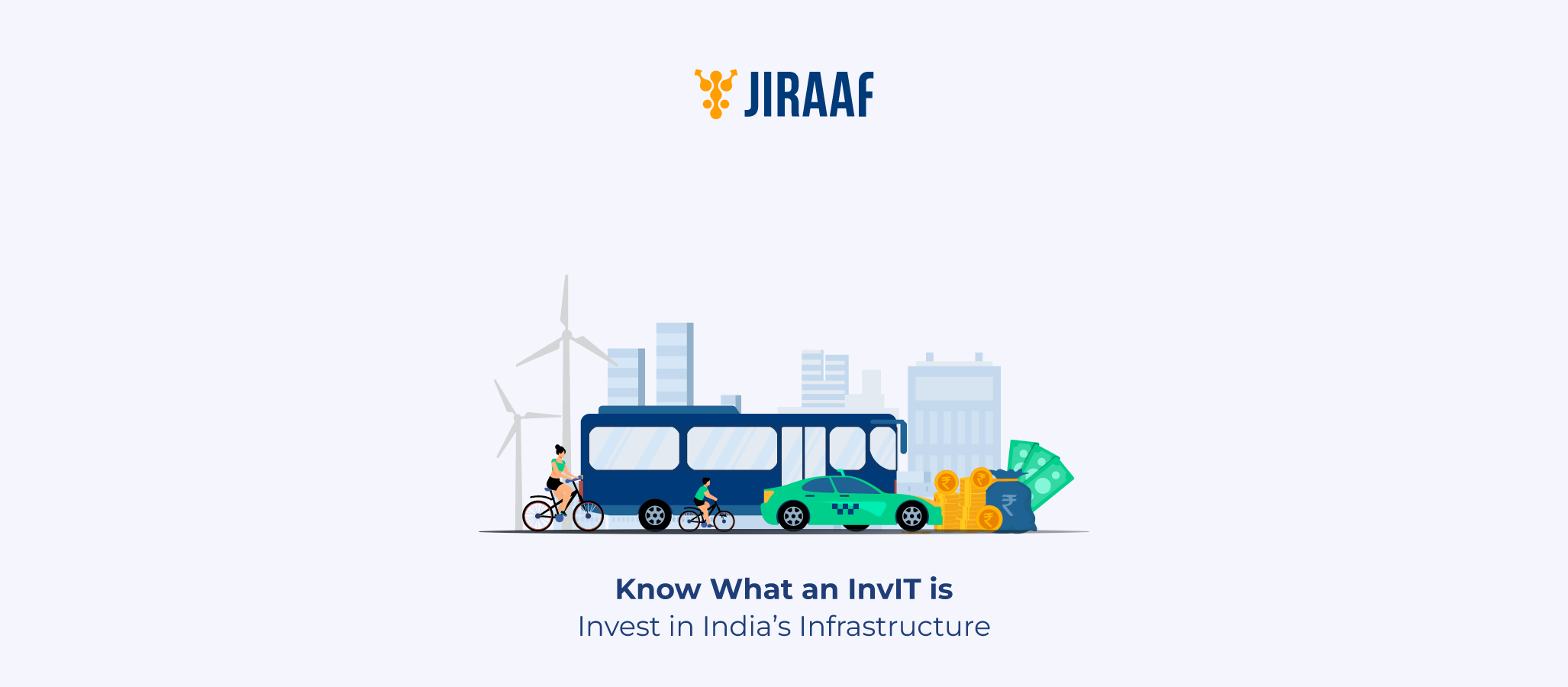Are you looking for a fixed-income investment that provides returns higher than fixed deposits, offers guaranteed returns with zero risk, and has a short tenure?
Have you explored T-Bills yet?
Treasury Bills (T-bills) are a fundamental part of the capital markets, offering a low-risk investment option backed by the government. Let’s look at some of the key features of T-bills and how T-bills can be integrated into your investment strategy for short-term, secure returns.
What are Treasury Bills?
Treasury Bills (T-bills) are short-term debt instruments issued by the Government of India to meet its immediate financing needs. These zero-coupon securities are typically issued with short maturities and sold at a discount to their nominal value. Investors realise returns based on the difference between the discounted purchase price and the full-face value upon maturity. For instance, an investor purchasing a T-bill with a face value of ₹100,000 for ₹98,000 would earn ₹2,000 upon maturity, reflecting an approximate annual yield of 2.04%.
Who Issues Treasury Bills?
Treasury Bills (T-bills) in India are issued by the Government of India, with the Reserve Bank of India (RBI) managing the issuance process. The RBI conducts auctions to sell T-bills on behalf of the government as part of its role in managing short-term borrowing.
Types of Treasury Bills (T-bills)
- 91-day T-bill: Maturity in 91 days.
- 182-day T-bill: Maturity in 182 days.
- 364-day T-bill: Maturity in 364 days.
Features of Treasury Bills Investment
- T- Bills Trading: Every Wednesday, the RBI issues treasury bills and bond. You can acquire them directly from government portal, brokers, banks and authorised dealers.
- Returns are Typically, Guaranteed: While you buy treasury bills at a discounted rate, you get guaranteed returns, as these bills are always redeemed at face value.
- Auctions: T-Bills are primarily sold through auctions conducted by the RBI.
- No Lock-in period: There is no mandatory lock-in period for T-bills. Investors can choose to sell the T-bills in the secondary market before maturity.
- Non-Competitive Bidding: This refers to the process, wherein retail investors can invest without specifying the yield. The RBI allocates T-bills at the average yield of the competitive bidding round, making it easier for retail participants.
Treasury Bills: Minimum Investment Amount
The minimum investment amount for treasury bills in India is ₹25,000. If you want to invest more than ₹25,000 in treasury bills (T-Bills), you can do so in multiples of 25,000. This means you can invest ₹50,000, ₹75,000, ₹100,000, and so on, with no upper limit imposed.
How to Buy Treasury Bills in India?
T-bills can be purchased through:
- RBI’s Direct Portal: Investors can directly buy government securities, including T-bills, from the Reserve Bank of India (RBI).
- Banks and Primary Dealers: T-bills can also be bought through banks and designated primary dealers.
- Stock Exchanges: They are available for trading on stock exchanges like the NSE and BSE.
After purchasing T-Bills, the units are deposited into your demat account. Upon maturity, repayments are directly credited to the bank account linked to your demat account.
Factors that Can Influence T-Bill Prices:
- Interest Rates
When the Reserve Bank of India (RBI) raises interest rates, new T-bills offer higher returns. This makes older T-bills with lower returns less appealing, so their prices go down. Conversely, when interest rates drop, new T-bills offer lower returns, making older T-bills with higher returns more attractive, so their prices go up.
- Economic Conditions
Economic factors such as rising prices (inflation), increasing unemployment, and economic growth can affect T-bill prices. When prices are increasing, to protect their savings from losing value, people may invest in T-bills, which are considered safe and stable. This increased demand for T-bills can drive up their prices.
- Exchange Rates
If the Indian rupee depreciates significantly, foreign investors holding Indian T-bills may sell off their holdings to avoid currency losses, pushing prices down. Conversely, a stronger rupee might attract foreign investment into Indian T-bills, boosting their prices.
- Demand and Supply Dynamics
If investor demand is high during an auction, the price of T-bills may rise. If demand is weak, prices might fall. Prices of T-bills are influenced by investor interest, based on prevailing market conditions and yield expectations.
Taxation on Treasury Bills in India
The profit made from treasury bills is considered a short-term capital gain. Because T-bills have a maturity period of one year or less. The tax rate depends on the income tax bracket. The rate at which you’re taxed on this gain depends on your overall income. It’s added to your total income and taxed according to your applicable income tax slab. No tax is deducted at source (TDS). TDS is a system where tax is deducted directly from certain types of income before it’s paid to you. For T-bills, there’s no TDS on the interest earned.
Difference between Treasury Bills and Bonds
| Feature | Treasury Bills (T-Bills) | Bonds |
| Maturity | T-bills are short-term (typically less than one year) | Bonds are long-term (usually 20 or 30 years) |
| Interest Payments | Zero-coupon (sold at a discount) | Bonds pay periodic interests (coupon payments) |
| Face Value | Sold at a discounted price to face value | Usually issued at or near face value |
| Price Volatility | T-bills are less volatile due to shorter term exposure | Bonds are more volatile due to longer term exposure |
| Issuance Frequency | Typically, weekly or monthly auctions take place | Less frequent auctions take place |
| Tax Treatment | Interest is typically taxable | Interest is typically taxable (with some exceptions) |
How can you Buy Treasury Bills on the Jiraaf Platform?
Investing in Treasury Bills on Jiraaf is a simple process.
- Sign up on the Jiraaf platform.
- Complete your KYC.
- Check the ‘Opportunities’ section for live Treasury Bills deals.
- Invest and submit.
Conclusion: Investing in T-Bills
A well-diversified portfolio is essential for managing risk and achieving balanced returns. Integrating treasury bills (T-bills) into your investment strategy is a prudent choice because they offer stability and liquidity. Their low-risk nature and short-term investment horizon make them an excellent option for preserving capital while generating steady returns. By combining T-bills with other asset types, such as equities or bonds, you can enhance the overall resilience and effectiveness of your portfolio. This diversification helps balance potential risks and rewards, ensuring that your investment strategy is robust and adaptable to changing market conditions.
Discover fixed income investments with Jiraaf, a SEBI registered online bonds platform that educates and brings access to a wide array of bonds. Sign up today to explore diversified fixed income investment opportunities to support your goal-based wealth creation journey. Start investing!









